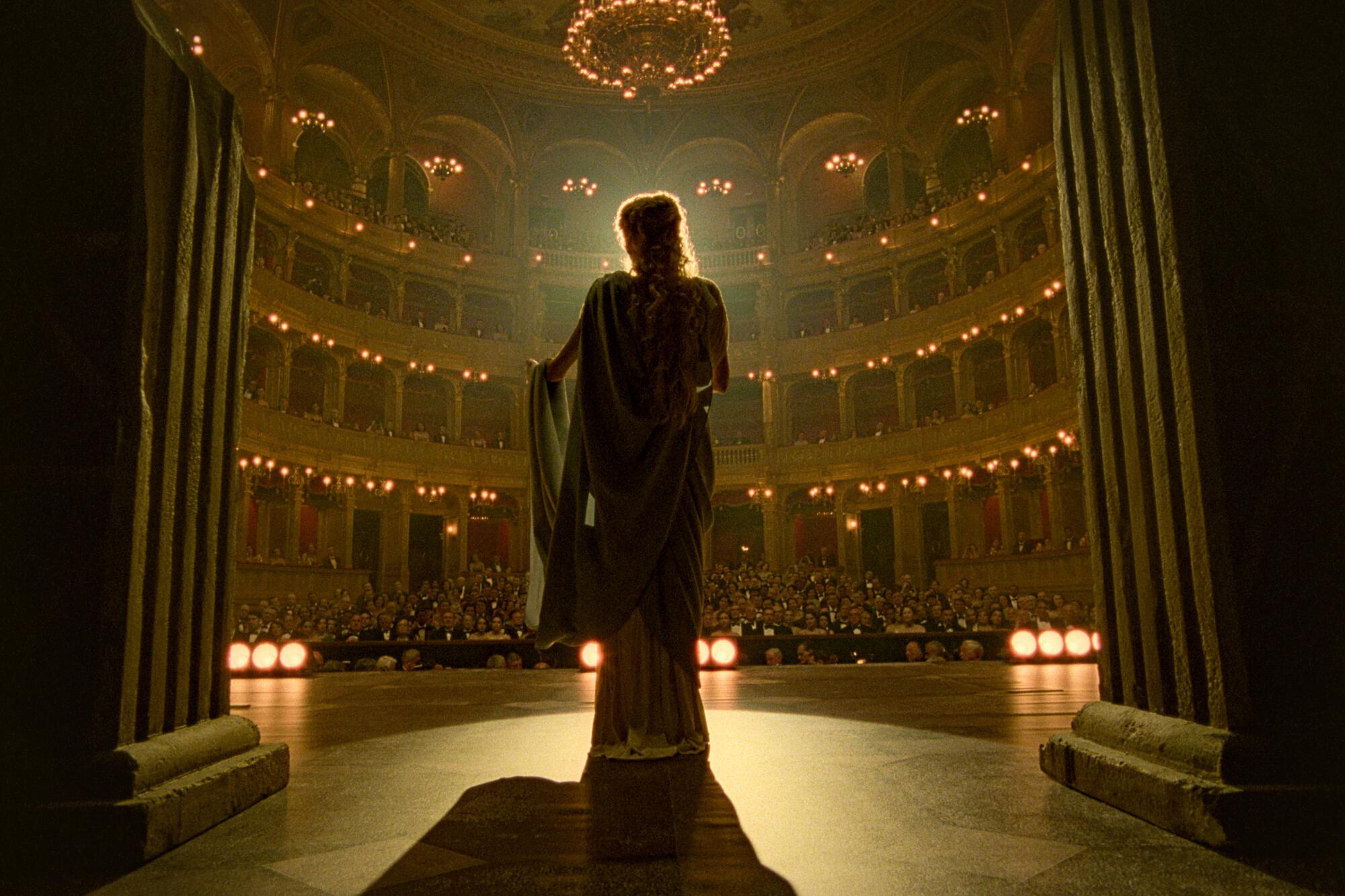
“The film isn’t a biography about one of the world’s greatest opera singers,” says cinematographer Edward Lachman about Pablo Larraín’s rousing drama “Maria,” starring Angelina Jolie. “What happens is this film becomes an opera about the betrayal and manipulation of Maria Callas’ closest relationships with her mother, her only husband and her involvement with Aristotle Onassis. She becomes the summation of her own tragedies that she played on the stage.” Themes of entrapment, unrequited love and loss penetrate the screen, with Lachman conveying the narrative through a bespoke aesthetic captured on different celluloid formats. “We have the 35mm black-and-white for her memory of the past, Super 8 to show the intimacy with the people closest to her, 16mm is of this documentary crew filming her and then 35mm color is the master point of view,” he explains. “I thought that using these different textures, styles and film formats allows you to enter her mind.” For instances onstage, Lachman established breathtaking silhouettes of the soprano from behind to act as an invitation. “I felt the camera becomes more observational and reflective with these shots. It puts the audience in her place and engages them in the world that she’s partaking in.”










